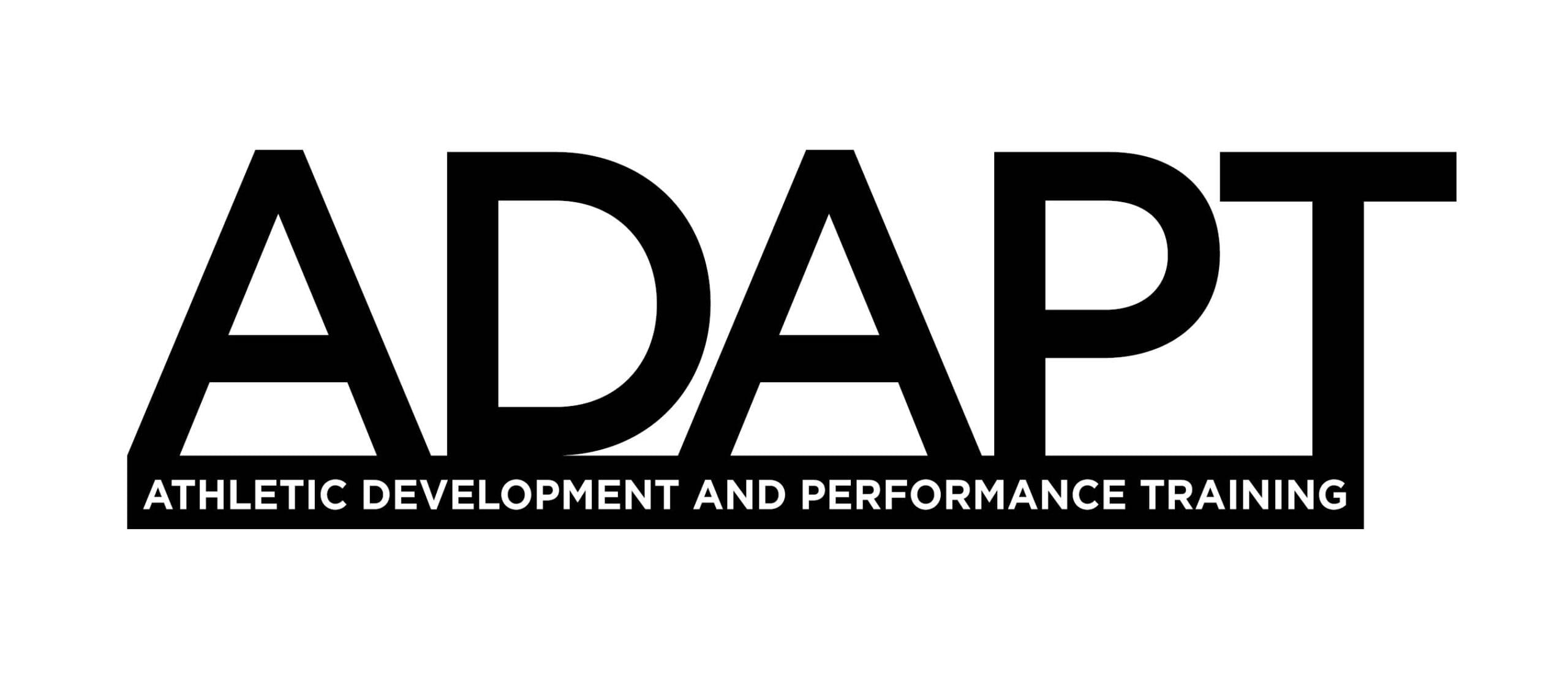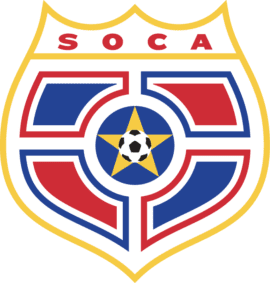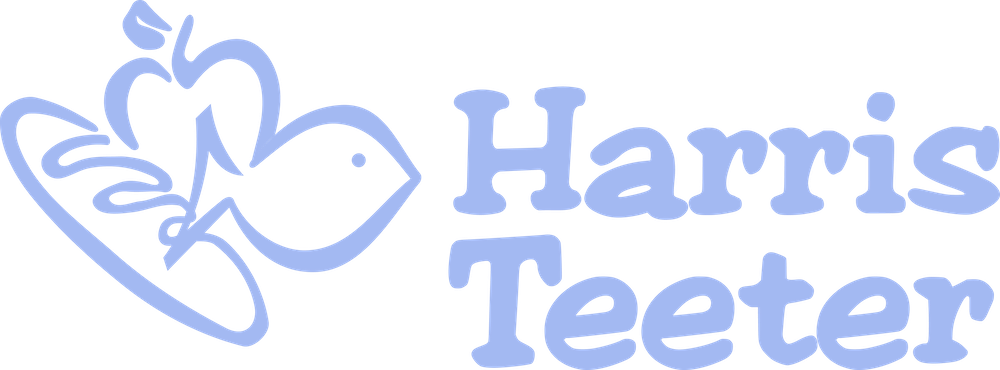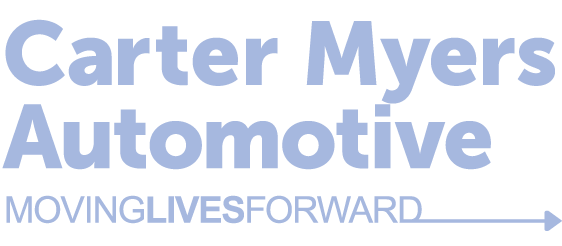ADAPT

Building Better Athletes
SOCA is proud to partner with the ADAPT , the local leader in athletic performance training.
ADAPT (Athletic Development and Performance Training) builds better athletes with a training system centered on the concept of Long Term Athletic Development (LTAD). LTAD is a stage-based training approach that exposes developing athletes to the most appropriate exercises and progressions based on human growth and development.
ADAPT trains athletes ages 7-18 with early progressions that focus on learning how to move efficiently while increasing speed and strength. Our advanced training progressions focus on preparing older athletes for the specific and increased competition demands of both recreational and elite level sport.
What this means for SOCA players:
- Discounted ADAPT training opportunities as a member of SOCA
- Exclusive access to training, nutrition, and recovery information delivered by experts in the field
- Improved movement preparation warm-ups and recovery routines that will prepare you to perform at your best, decrease the risk of injury, and help you recover faster
- And more!
Ultimately, it means that you can be part of ADAPT’s mission: improved performance in sports and life!
To learn more or sign up, contact Peter Alston at [email protected]
See below for Adapt articles on performance topics:
-
Performance Preparation/Warm-Up
Below you will find a sample outline of what ADAPT calls movement preparation “warm-up” for a practice session for soccer specifically. It is designed to prepare the athlete for high intensity technical and tactical work by properly warming up muscles, actively stretching the muscles used in the sport, and preparing the nervous system to drive and control the body for high levels of coordination for skill expression and injury prevention. Additionally, the construct and tempo of the session provide a conditioning stimulus over time.
Movement Preparation: Pre Technical-Tactical Training Session for Soccer
Stage 1: Muscle Temperature Elevation
20-30 meter Easy Jogging
20-30 meter Easy Shuffling
20-30 meter Easy Jogging w/ Arm Movements
20-30 meter Easy Shuffling w/ Arm MovementsStage 2: Core Activation
Front Plank w/ gradual progressions
Side Plank w/ gradual progressions
Glute Bridging w/ gradual progressions
Mini-Band Series for Hip StabilityStage 3: Dynamic Flexibility
In-Place or Moving World’s Greatest Stretch
In-Place or Moving High Knee Hug
In-Place or Moving Leg Cradle
In-Place or Moving Quad Walk w/ Reach
In-Place or Moving Groucho Hamstring
In-Place or Moving Inverted Hamstring Stretch
In-Place or Moving Straight Leg March Hamstring
In-Place or Moving Inchworm w/ Calf Stretch
In-Place Lateral Squat Shifting
Moving Lateral Lunge Walk Groin Stretch
Moving Lateral Drop Lunge Walk Hip Stretch
Rotational Lunge Groin StretchStage 4: Coordination (20-25 meters)
Forward-Backward Skip
Forward-Backward Diagonal Skip
Forward-Backward Crossover Skip
Forward-Backward Skipioca
Forward-Backward Leg Overs
Forward-Backward High Knee Run to Butt Kickers
Lateral Shuffle Tall
Lateral Shuffle Short
Lateral Crossover Skip to Run
Lateral Crossunder Skip to Run
Lateral Skipioca to Runioca
Forward-Backward 45-degree cutting
Forward-Backward 90-degree cutting
Serpentine Running
Build-UpsStage 5: Plyo Preparation – Neural Activation – Sport Integration
Hops and Stick
Jumps and Stick
Rapid Response [In-place, linear, lateral, rotational]*Transition into ball handling drill work and practice session
-
Performance Nutrition 101
High-performing athletes should think of food as fuel for performance. If you think of the human body as a high performance machine-like a Formula 1 race car, there are certain grades of gasoline, oil, lubricants etc. necessary to ensure that the car runs efficiently and powerfully and protects the engine. As an athlete, it is important to be educated on what your body needs to fuel for high performance.
In this first post in our nutrition series with ADAPT founder Mike Curtis, we will discuss “Performance Nutrition 101”.
Hydration
The simplest way to ensure optimal readiness for competition and overall good health starts with hydration. Hydration is by far the easiest way to promote optimal cell metabolism, recovery, and reduce the chance of muscle injury or cramping during the training process or on game day. Water helps regulate and maintain body temperature, transports nutrients and oxygen to the bloodstream, removes waste products (toxins), and helps maintain proper fluid balance and muscle functioning, especially crucial during times of strenuous activity such as sporting events. It’s important to drink water throughout the day, but especially before, during, and after periods of extended physical activity to avoid dehydration, which can diminish strength, energy, and coordination.Most experts recommend that young athletes drink approximately 1 cup (8 ounces) of water for every 20-30 minutes of physical activity. Older athletes (15 and up) should strive to drink 1-2 ounces of water per body weight. So, an athlete who weighs 140-150 lbs should try to drink at least 150 ounces or 8-10 bottles of water.
Aside from water intake it’s important to understand what macro and micronutrients are and their function in supporting performance. Carbohydrate, protein, and fats are categorized as macronutrients. Macronutrients essentially serve as substrates for energy production. Dependent on the intensity and duration of your activity, more or less of these macronutrients will be used to fuel your efforts. Here is the skinny on each macronutrient.
Carbohydrate
Carbohydrates are our prime and preferred source of energy for moderate to longer duration activities.Examples of Good Carbs:
- Organic or local fruits and vegetables
- Beans and lentils
- Sweet potatoes
- Unrefined whole grains (100% whole wheat bread, brown rice, unprocessed oatmeal such as steel-cut oats, barley, and quinoa).
Examples of Bad Carbs
- Candy
- Soft Drinks
- Baked goods (cakes, cookies) made with white flour
- Sugary breakfast cereals
- French fries and potato chips
Protein
Protein is a key component of muscle, skin, hair, and other tissue. It is a building block for muscle growth and regeneration. It is also critical in creating a physiological environment to promote key enzymes and hormones involved in digestion and metabolism. A good source of protein should be present in each meal.Good Sources of Protein:
- Lean meats (beef, chicken, pork, lamb and fish)
- Eggs
- Organic dairy products (such as cheese and plain yogurt)
- Raw nuts
- Natural nut butters (peanut and almond butter)
- Legumes (beans, peas and lentils)
Fats
Fats often get a bad rap but the reality is that the consumption of healthy fats serve a major role how the body functions. Fats are actually a good source of energy. It is essential in the protection of cell membranes and fats help to regulate blood pressure, heart rate, and blood clotting. More importantly healthy fats promote nervous system function. That is especially important with proper brain functioning and conductivity of messaging from the brain to muscles in executing sports specific tasks. As it relates to recovery and healing, omega fats have shown promise in
providing anti-inflammation benefits.Good Fats:
- Good sources of healthy fats include avocados, cold water fish (tuna, salmon, and mackerel), raw nuts (except peanuts), nut butters, seeds, and cooking oils (Coconut, Olive, Safflower and Sesame Oil).
- Unsaturated fats (from raw nuts, seeds, fish and plant oils)
Not so good Fats:
Saturated (usually from animal fats such as butter and cheese and intake should be limited)Bad Fats:
trans fats or hydrogenated fats that are chemically processed and typically found in fried foods, junk food, and some cooking oils.Micronutrients
Vitamins and minerals fall into the category of micronutrients. They are essential for cellular metabolism and help to strengthen bones, heal wounds, and boost your immune system. They also help convert food into energy. Deficiencies in certain vitamins and minerals can lead to decrease performance. There are two types of vitamins, fat soluble which are stored in the body and water-soluble which cannot be stored
and need to be replenished often through a complete whole food diet. Good vitamin sources include fruits, vegetables, whole grains, meats, nuts, dairy products and plant oils.Important Vitamins:
- Vitamin D
- Vitamin K
- B Vitamins
Important Minerals:
- Calcium
- Potassium
- Sodium
- Magnesium
- Iron
An athlete needs to incorporate all of these nutritional components in order to perform at a high level. In our next installment, we will discuss specific game day nutrition.
-
Adaptation/Recovery
When you work hard in practice several days per week and compete in multiple games on the weekends, it is easy to forget about scheduling time to recuperate. Planning and actively promoting recovery, however,
are critical considerations for both the in-season and offseason preparation of high-performing athletes.Recovery is a process of getting back what was lost or simply bringing an athlete’s performance back to baseline. At ADAPT, we like to expand the concept of recovery by uniting this process with adaptation.
Adaptation is the process of long-term adjustment or alterations related to a specific sport, activity, or training program. We are constantly seeking a positive adjustment to improve your readiness for the next
practice or competition.Together, the process of recovery-adaptation means not only reducing fatigue but also fostering continual long-term growth and improvement. There are a host of factors that influence recovery-adaptation, but we will focus on 2 key ways to promote it.
Plan: Prepare your training program in a manner that promotes recovery-adaptation.
A high number of competitions and practices with limited rest is a recipe for under-performance and even injury. If two soccer teams are made up of athletes with similar skill levels and athletic abilities, the best recovered team will have a greater chance to perform at its best and ultimately win. Research has demonstrated that 2 competitive soccer games per week over 6 weeks decreases soccer players’ abilities to jump, sprint, and perform repeated intense exercise. The need to recover between games is well understood, but recovering from the training in preparation for games and future practices is equally important.
Act and Evaluate: Use means outside of the training program to promote recovery-adaptation.
There are several proactive steps you can take to minimize the onset of fatigue. Fortunately, the 3 most impactful ways to promote recovery are already part of your normal routine. You just need to be sure you are practicing appropriate habits with each of them.
They are:
- Sleep: Rest at least 8 hours each night. Consistency is more important than duration so try to fall asleep and wake up at the same time each day.
- Fuel your body: Nutrition is a broad topic that is discussed here (insert link to nutrition post) and is also very individualized. To consistently perform at a high level, you need to fuel properly before and after both competition and practice.
- Hydrate: Drink ½ to 1 ounce of fluid per pound each day. Ideally, most or all of the fluid you consume is water. Be sure and drink 7 to 10 ounces of water right before a training session.
What if you follow the high-performance sleeping, fueling, and hydrating guidelines but still feel inadequately recovered?
This may be the time to seek out some assistance structuring your practice and competition schedule and consider applying additional recovery means such as meditation, yoga, mental rehearsal, inversion, cold water immersion, massage, or compression.
Ultimately, proper planning of your training calendar and taking care of your body will have the largest influence on recovery-adaptation. Making the right choices with sleep, nutrition, and hydration will go a long way to keep you feeling fresh and ready for games and practices.
Additional steps can be taken to promote recovery if you are still feel fatigued. Actively evaluating how your body feels and facilitating recovery accordingly will give you the best chance to stay healthy, adapt to your training program, and be ready to perform at your best when it’s time for kickoff.
Want to learn more about recovery and adaptation?
Contact ADAPT and we will be glad to speak with you.
- Performance Preparation/Warm-Up
- Performance Nutrition 101
- Adaptation/Recovery
Performance Preparation/Warm-Up
Below you will find a sample outline of what ADAPT calls movement preparation “warm-up” for a practice session for soccer specifically. It is designed to prepare the athlete for high intensity technical and tactical work by properly warming up muscles, actively stretching the muscles used in the sport, and preparing the nervous system to drive and control the body for high levels of coordination for skill expression and injury prevention. Additionally, the construct and tempo of the session provide a conditioning stimulus over time.
Movement Preparation: Pre Technical-Tactical Training Session for Soccer
Stage 1: Muscle Temperature Elevation
20-30 meter Easy Jogging
20-30 meter Easy Shuffling
20-30 meter Easy Jogging w/ Arm Movements
20-30 meter Easy Shuffling w/ Arm Movements
Stage 2: Core Activation
Front Plank w/ gradual progressions
Side Plank w/ gradual progressions
Glute Bridging w/ gradual progressions
Mini-Band Series for Hip Stability
Stage 3: Dynamic Flexibility
In-Place or Moving World’s Greatest Stretch
In-Place or Moving High Knee Hug
In-Place or Moving Leg Cradle
In-Place or Moving Quad Walk w/ Reach
In-Place or Moving Groucho Hamstring
In-Place or Moving Inverted Hamstring Stretch
In-Place or Moving Straight Leg March Hamstring
In-Place or Moving Inchworm w/ Calf Stretch
In-Place Lateral Squat Shifting
Moving Lateral Lunge Walk Groin Stretch
Moving Lateral Drop Lunge Walk Hip Stretch
Rotational Lunge Groin Stretch
Stage 4: Coordination (20-25 meters)
Forward-Backward Skip
Forward-Backward Diagonal Skip
Forward-Backward Crossover Skip
Forward-Backward Skipioca
Forward-Backward Leg Overs
Forward-Backward High Knee Run to Butt Kickers
Lateral Shuffle Tall
Lateral Shuffle Short
Lateral Crossover Skip to Run
Lateral Crossunder Skip to Run
Lateral Skipioca to Runioca
Forward-Backward 45-degree cutting
Forward-Backward 90-degree cutting
Serpentine Running
Build-Ups
Stage 5: Plyo Preparation – Neural Activation – Sport Integration
Hops and Stick
Jumps and Stick
Rapid Response [In-place, linear, lateral, rotational]
*Transition into ball handling drill work and practice session
Performance Nutrition 101
High-performing athletes should think of food as fuel for performance. If you think of the human body as a high performance machine-like a Formula 1 race car, there are certain grades of gasoline, oil, lubricants etc. necessary to ensure that the car runs efficiently and powerfully and protects the engine. As an athlete, it is important to be educated on what your body needs to fuel for high performance.
In this first post in our nutrition series with ADAPT founder Mike Curtis, we will discuss “Performance Nutrition 101”.
Hydration
The simplest way to ensure optimal readiness for competition and overall good health starts with hydration. Hydration is by far the easiest way to promote optimal cell metabolism, recovery, and reduce the chance of muscle injury or cramping during the training process or on game day. Water helps regulate and maintain body temperature, transports nutrients and oxygen to the bloodstream, removes waste products (toxins), and helps maintain proper fluid balance and muscle functioning, especially crucial during times of strenuous activity such as sporting events. It’s important to drink water throughout the day, but especially before, during, and after periods of extended physical activity to avoid dehydration, which can diminish strength, energy, and coordination.
Most experts recommend that young athletes drink approximately 1 cup (8 ounces) of water for every 20-30 minutes of physical activity. Older athletes (15 and up) should strive to drink 1-2 ounces of water per body weight. So, an athlete who weighs 140-150 lbs should try to drink at least 150 ounces or 8-10 bottles of water.
Aside from water intake it’s important to understand what macro and micronutrients are and their function in supporting performance. Carbohydrate, protein, and fats are categorized as macronutrients. Macronutrients essentially serve as substrates for energy production. Dependent on the intensity and duration of your activity, more or less of these macronutrients will be used to fuel your efforts. Here is the skinny on each macronutrient.
Carbohydrate
Carbohydrates are our prime and preferred source of energy for moderate to longer duration activities.
Examples of Good Carbs:
- Organic or local fruits and vegetables
- Beans and lentils
- Sweet potatoes
- Unrefined whole grains (100% whole wheat bread, brown rice, unprocessed oatmeal such as steel-cut oats, barley, and quinoa).
Examples of Bad Carbs
- Candy
- Soft Drinks
- Baked goods (cakes, cookies) made with white flour
- Sugary breakfast cereals
- French fries and potato chips
Protein
Protein is a key component of muscle, skin, hair, and other tissue. It is a building block for muscle growth and regeneration. It is also critical in creating a physiological environment to promote key enzymes and hormones involved in digestion and metabolism. A good source of protein should be present in each meal.
Good Sources of Protein:
- Lean meats (beef, chicken, pork, lamb and fish)
- Eggs
- Organic dairy products (such as cheese and plain yogurt)
- Raw nuts
- Natural nut butters (peanut and almond butter)
- Legumes (beans, peas and lentils)
Fats
Fats often get a bad rap but the reality is that the consumption of healthy fats serve a major role how the body functions. Fats are actually a good source of energy. It is essential in the protection of cell membranes and fats help to regulate blood pressure, heart rate, and blood clotting. More importantly healthy fats promote nervous system function. That is especially important with proper brain functioning and conductivity of messaging from the brain to muscles in executing sports specific tasks. As it relates to recovery and healing, omega fats have shown promise in
providing anti-inflammation benefits.
Good Fats:
- Good sources of healthy fats include avocados, cold water fish (tuna, salmon, and mackerel), raw nuts (except peanuts), nut butters, seeds, and cooking oils (Coconut, Olive, Safflower and Sesame Oil).
- Unsaturated fats (from raw nuts, seeds, fish and plant oils)
Not so good Fats:
Saturated (usually from animal fats such as butter and cheese and intake should be limited)
Bad Fats:
trans fats or hydrogenated fats that are chemically processed and typically found in fried foods, junk food, and some cooking oils.
Micronutrients
Vitamins and minerals fall into the category of micronutrients. They are essential for cellular metabolism and help to strengthen bones, heal wounds, and boost your immune system. They also help convert food into energy. Deficiencies in certain vitamins and minerals can lead to decrease performance. There are two types of vitamins, fat soluble which are stored in the body and water-soluble which cannot be stored
and need to be replenished often through a complete whole food diet. Good vitamin sources include fruits, vegetables, whole grains, meats, nuts, dairy products and plant oils.
Important Vitamins:
- Vitamin D
- Vitamin K
- B Vitamins
Important Minerals:
- Calcium
- Potassium
- Sodium
- Magnesium
- Iron
An athlete needs to incorporate all of these nutritional components in order to perform at a high level. In our next installment, we will discuss specific game day nutrition.
Adaptation/Recovery
When you work hard in practice several days per week and compete in multiple games on the weekends, it is easy to forget about scheduling time to recuperate. Planning and actively promoting recovery, however,
are critical considerations for both the in-season and offseason preparation of high-performing athletes.
Recovery is a process of getting back what was lost or simply bringing an athlete’s performance back to baseline. At ADAPT, we like to expand the concept of recovery by uniting this process with adaptation.
Adaptation is the process of long-term adjustment or alterations related to a specific sport, activity, or training program. We are constantly seeking a positive adjustment to improve your readiness for the next
practice or competition.
Together, the process of recovery-adaptation means not only reducing fatigue but also fostering continual long-term growth and improvement. There are a host of factors that influence recovery-adaptation, but we will focus on 2 key ways to promote it.
Plan: Prepare your training program in a manner that promotes recovery-adaptation.
A high number of competitions and practices with limited rest is a recipe for under-performance and even injury. If two soccer teams are made up of athletes with similar skill levels and athletic abilities, the best recovered team will have a greater chance to perform at its best and ultimately win. Research has demonstrated that 2 competitive soccer games per week over 6 weeks decreases soccer players’ abilities to jump, sprint, and perform repeated intense exercise. The need to recover between games is well understood, but recovering from the training in preparation for games and future practices is equally important.
Act and Evaluate: Use means outside of the training program to promote recovery-adaptation.
There are several proactive steps you can take to minimize the onset of fatigue. Fortunately, the 3 most impactful ways to promote recovery are already part of your normal routine. You just need to be sure you are practicing appropriate habits with each of them.
They are:
- Sleep: Rest at least 8 hours each night. Consistency is more important than duration so try to fall asleep and wake up at the same time each day.
- Fuel your body: Nutrition is a broad topic that is discussed here (insert link to nutrition post) and is also very individualized. To consistently perform at a high level, you need to fuel properly before and after both competition and practice.
- Hydrate: Drink ½ to 1 ounce of fluid per pound each day. Ideally, most or all of the fluid you consume is water. Be sure and drink 7 to 10 ounces of water right before a training session.
What if you follow the high-performance sleeping, fueling, and hydrating guidelines but still feel inadequately recovered?
This may be the time to seek out some assistance structuring your practice and competition schedule and consider applying additional recovery means such as meditation, yoga, mental rehearsal, inversion, cold water immersion, massage, or compression.
Ultimately, proper planning of your training calendar and taking care of your body will have the largest influence on recovery-adaptation. Making the right choices with sleep, nutrition, and hydration will go a long way to keep you feeling fresh and ready for games and practices.
Additional steps can be taken to promote recovery if you are still feel fatigued. Actively evaluating how your body feels and facilitating recovery accordingly will give you the best chance to stay healthy, adapt to your training program, and be ready to perform at your best when it’s time for kickoff.
Want to learn more about recovery and adaptation?
Contact ADAPT and we will be glad to speak with you.





